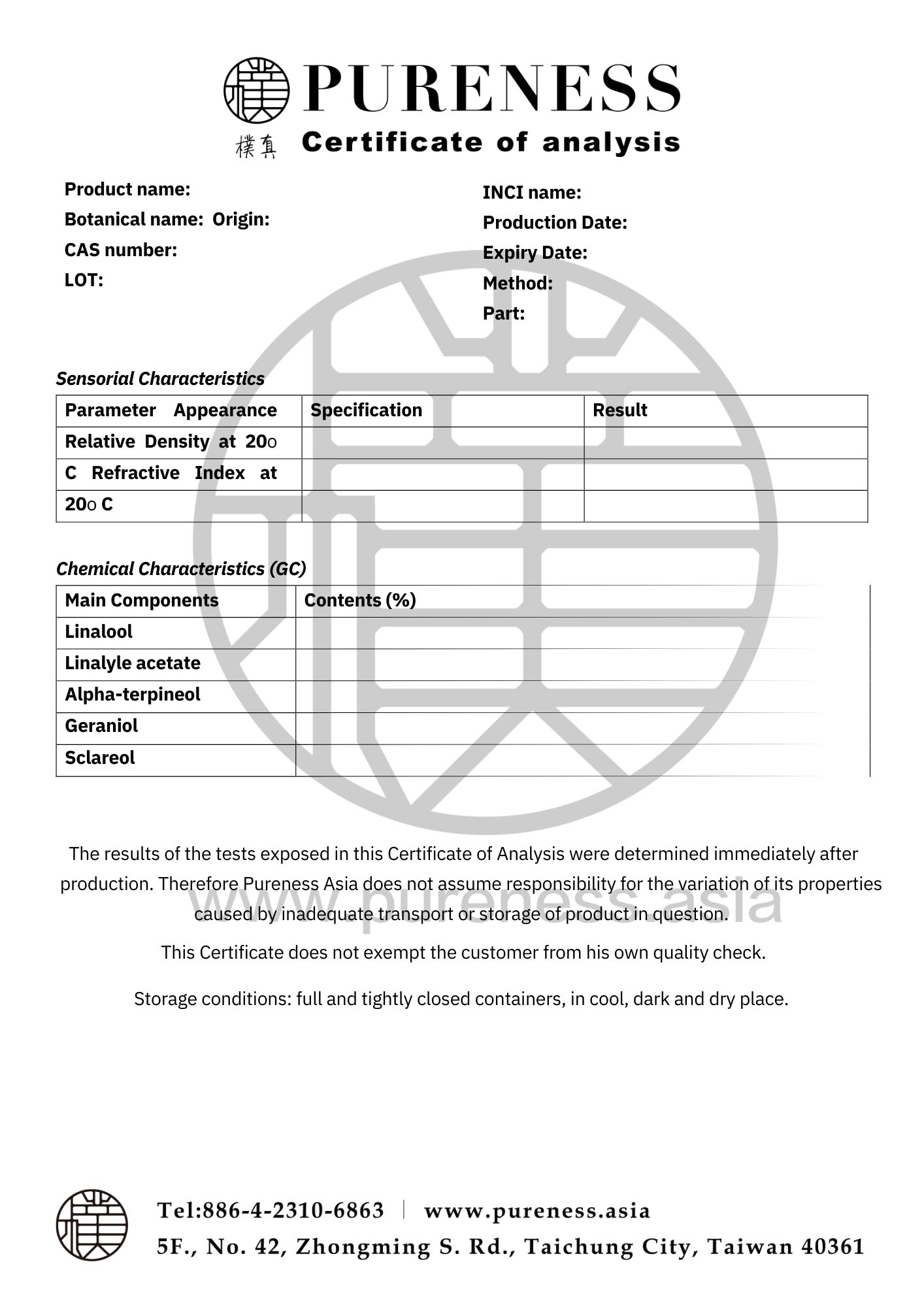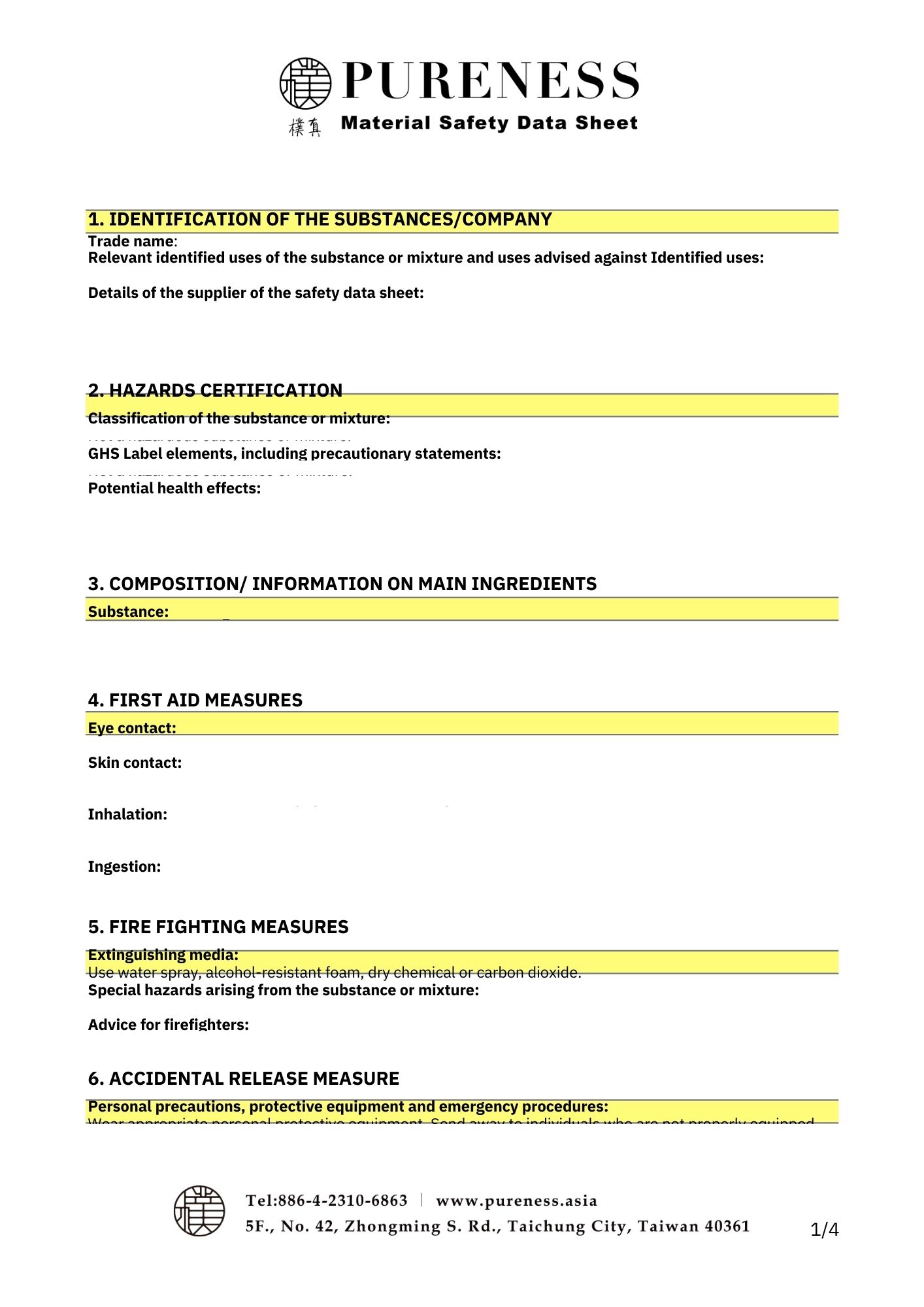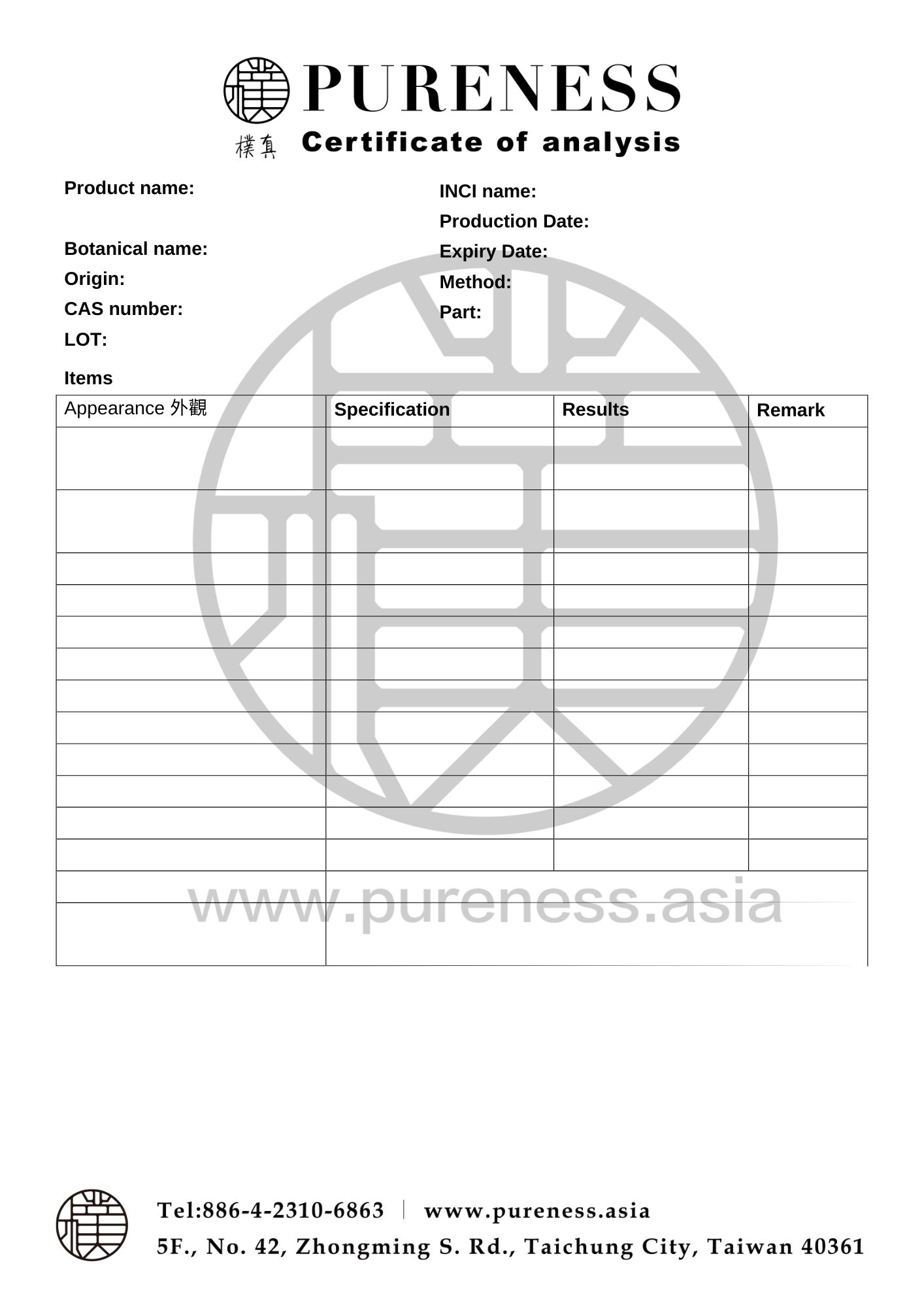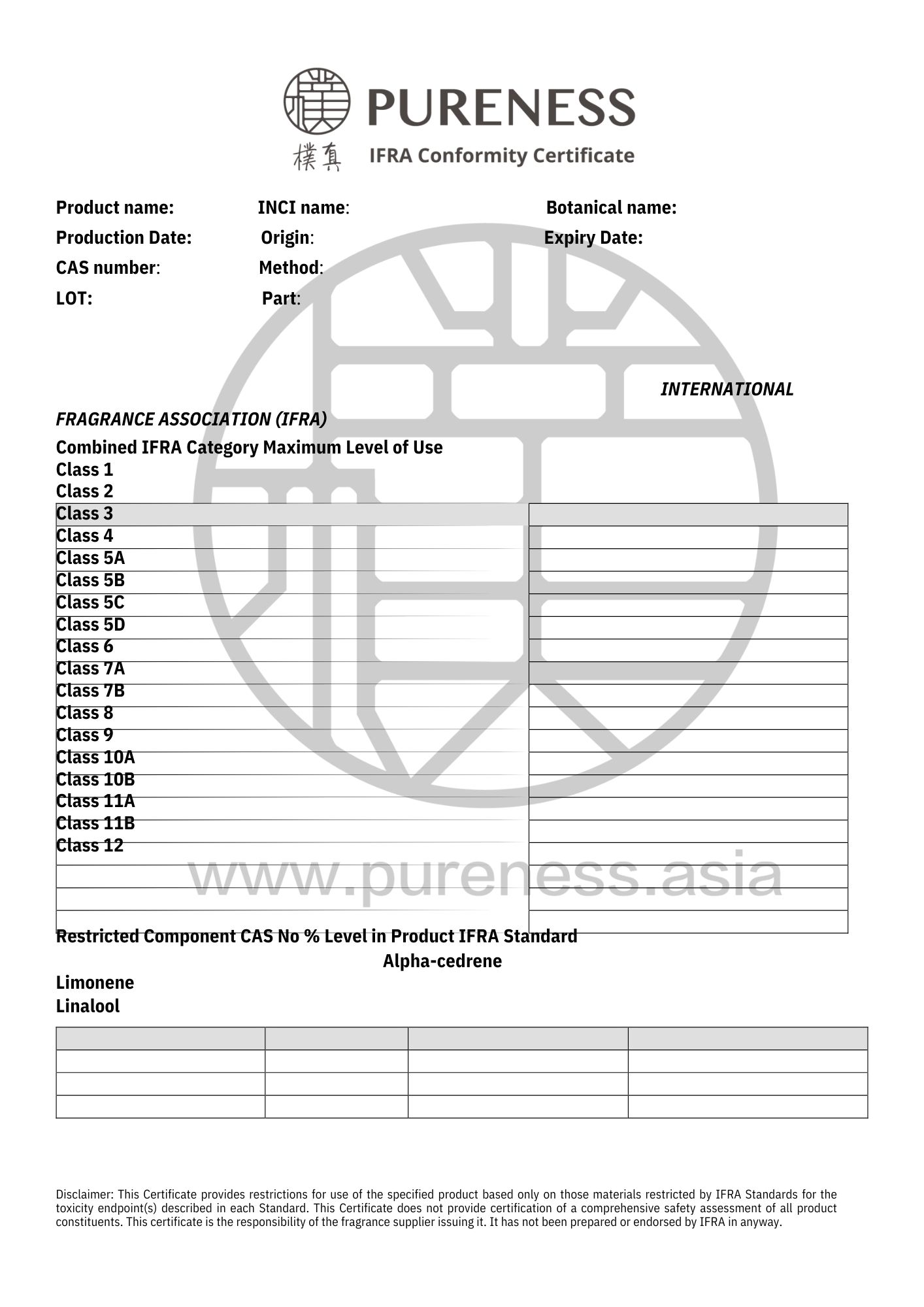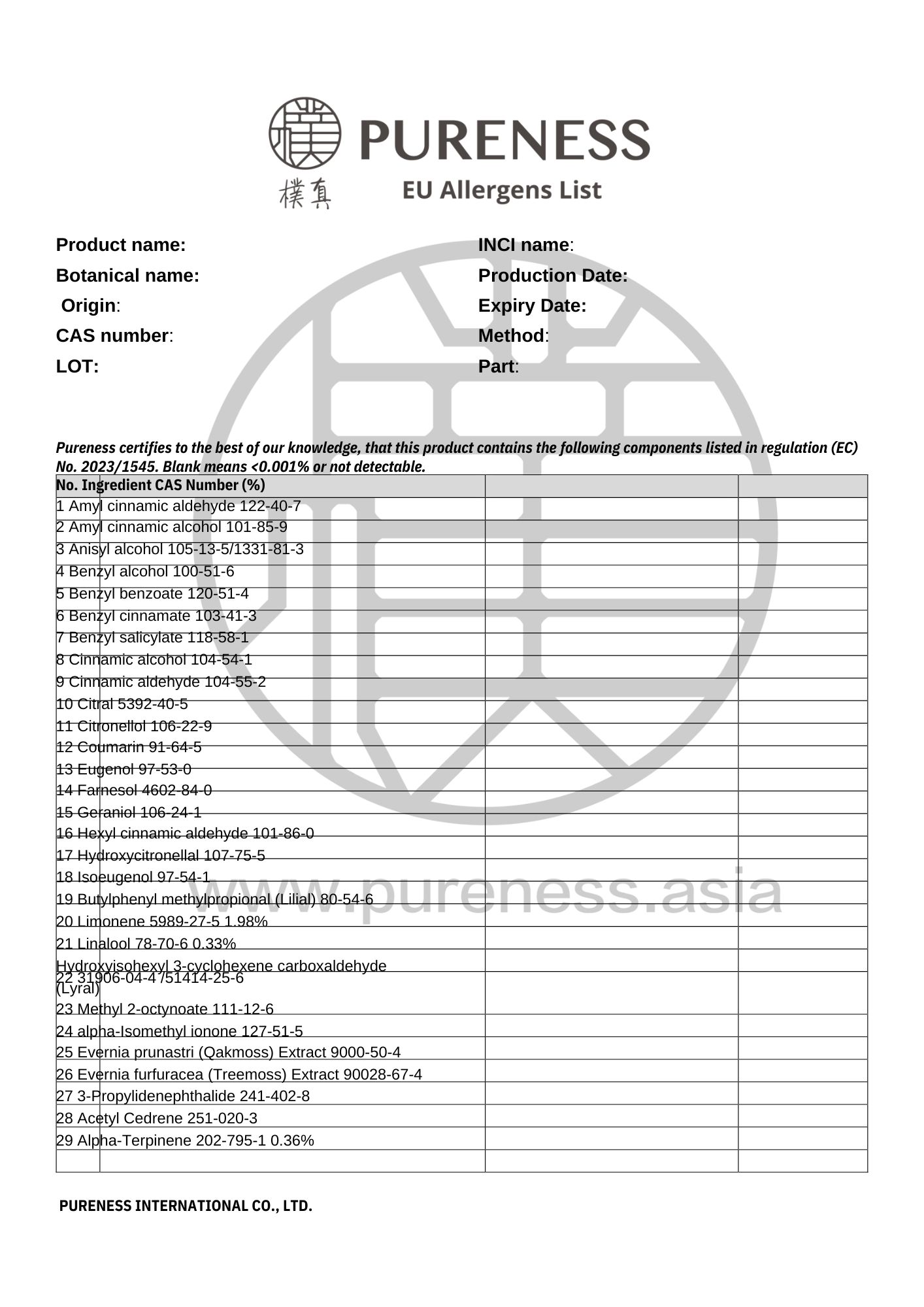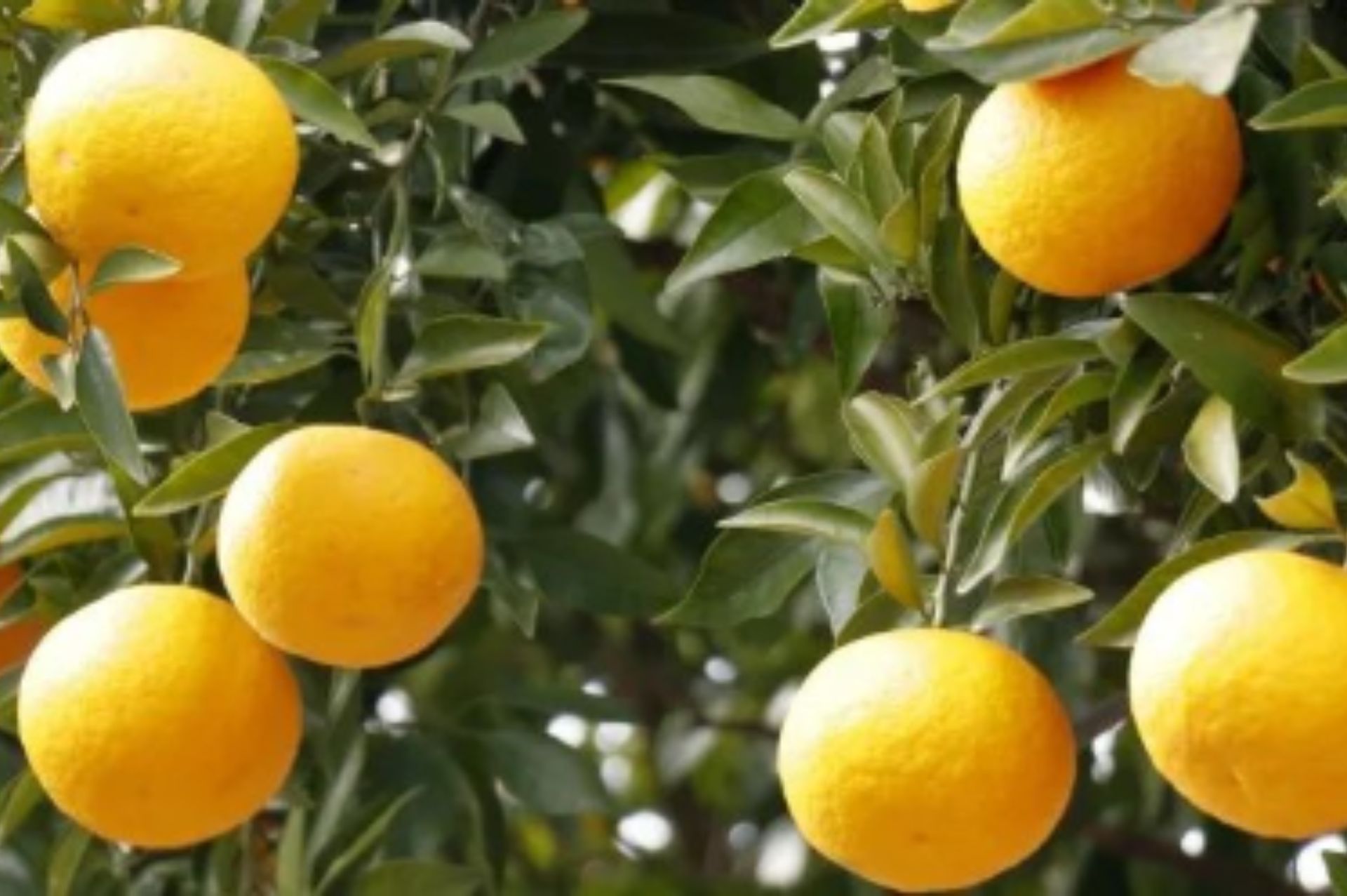
Sweet Orange
Scientific name|Citrus sinensis
Origin|Italy
Classification|Fruit series
Specifications|500g-25kg Please contact sales for details
Extraction part|Peel
Extraction method | Cold pressed
Plant family|Rutaceae
Aroma|A sweet, citrusy fruit aroma
▎Essential Oil Introduction
Sweet Orange (Citrus sinensis), often referred to simply as orange, is a highly popular fruit. The Latin name Citrus implies a lemon-like aroma. Besides consuming the flesh, its peel and juice are used in medicine. In ancient China, it was valued and symbolized luck and prosperity. Originally from China and India, it spread to Europe through the Arab world and was used medicinally only from the 17th century due to its rarity and high cost.
Sweet orange essential oil can be extracted from the peel or the whole fruit. It is typically obtained by cold pressing the peel or, less commonly, by steam distillation of the leftover fruit pulp (Weiss 1997). The oil extracted by cold pressing ranges in color from light orange to deep orange, with variations depending on the variety and country of cultivation. There are two main types of orange essential oil:
- Sweet Orange (Citrus sinensis): Often characterized by a fragrance reminiscent of "ba xian guo" (Eight Immortals Fruit) or dried tangerine peel.
- Bitter Orange (Citrus aurantium): Has a more distinct orange-like scent.
Each type has its unique aroma profile.
▎Component Analysis
|Main component: Monoterpenes
The composition can vary depending on its source and cultivation. Typical components include limonene, α-pinene, and β-myrcene. Octanal and decanal may have a significant impact on the scent. Additionally, linalool, neryl acetate, and furanocoumarins may also be present, along with trace amounts of carvone and α-ionone, which are photosensitive.
|Component 1: Limonene
(1) Left-handed limonene (l – Limonene): The "l" stands for levo, indicating left-handed. It evokes a sense of walking through a coniferous forest, with a typical citrus aroma that includes a subtle sweetness and forest-like undertone, giving it a more grounded and direct quality.
(2) Right-handed limonene (d – Limonene): The "d" stands for dextro, indicating right-handed. This is the familiar citrus scent that most people recognize.

▸ Research has explored the effect of sweet orange on acetylcholinesterase activity.
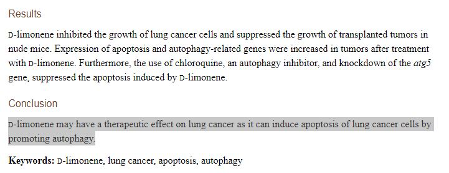
▸ Studies have examined the impact of right-handed limonene (d – Limonene) on liver function.
|Component 2: Neryl acetate
It is an important ingredient for mimicking Neroli fragrance, with a light and elegant scent. Non-toxic, it is used as a culinary spice and can be found in some fragrance tablets and in the cosmetics industry.
|Raw Material Certifications
To obtain relevant certification information, please contact us on WhatsApp.
▎References
- Xiao Yu et al.d-limonene exhibits antitumor activity by inducing autophagy and apoptosis in lung cancer. Onco Targets Ther. 2018; 11: 1833–1847.
- 2.D-limonene: Safety and clinical applications. Alternative medicine review: a journal of clinical therapeutic 12(3):259-64 ·October 2007
- 3.Nancy Safwat Younis .D-Limonene mitigate myocardial injury in rats through MAPK/ERK/NF-κB pathway inhibition. Korean Journal of Physiology and Pharmacology May 2020.24(3):259-266. ·
- 4.Ana Claudia Piccinelli et al. Limonene Reduces Hyperalgesia Induced by gp120 and Cytokines by Modulation of IL-1 β and Protein Expression in Spinal Cord of Mice. Life Sci.2017 Apr 1;174:28-34.
- 5.Sheikh Bilal Ahmad et al. Antifibrotic effects of D-limonene (5(1-methyl-4-[1-methylethenyl]) cyclohexane) in CCl 4 induced liver toxicity in Wistar rats. Environmental Toxicology/Volume 33, Issue3.March 2018.Pages 361-369
- 6.Maria R,Romero-Lopez1, Perla Osorio-Diaz1, Luis A, Bello-Perez1.Fiber Concentrate from Orange (Citrus sinensis L.) Bagase: Characterization and Application as Bakery Product Ingredient. Int. J. Mol. Sci. 2011, 12(4), 2174-2186.
- 7.T. Hongratanaworakit , G. Buchbauer . Autonomic and emotional responses after transdermal absorption of sweet orange oil in humans: placebo controlled trial. International Journal of Essential Oil Therapeutics (2007) 1, 29-34.
- 8.O.I.A. Oluremi , V.O. Ojighen and E.H. Ejembi .The Nutritive Potentials of Sweet Orange (Citrus sinensis) Rind in Broiler Production . International Journal of Poultry Science 5 (7): 613-617, 2006.
- 9.S.Baylac, P.Racine. Inhibition of human leukocyte elastase by natural fragrant extracts of aromatic plants. International Journal of Aromatherapy, Volume 14, Issue 4, 2004, Pages 179-182.
- 10.Inhibition of 5-lipoxygenase by essential oils and other natural fragrant extracts. International Journal of Aromatherapy, Volume 13, Issues 2–3, 2003, Pages 138-142.
- 11.G. I. MOSS B. T. STEER P. E. KRIEDEMANN. The Regulatory Role of Inflorescence Leaves in Fruit‐setting by Sweet Orange (Citrus sinensis). Physiologia Plantarum ,Volume 27, Issue 3.
- 12.C.-F.Chau, Y.-L.Huang, C.-Y.Lin. Investigation of the cholesterol-lowering action of insoluble fibre derived from the peel of Citrus sinensis L. cv. Liucheng. Food Chemistry. Volume 87, Issue 3, September 2004, Pages 361-366.
- 13.Chi-Fai Chau, Ya-Ling Huang, Mao-Hsiang Lee. In Vitro Hypoglycemic Effects of Different Insoluble Fiber-Rich Fractions Prepared from the Peel of Citrus Sinensis L. cv. Liucheng. J. Agric. Food Chem. 2003, 51, 22, 6623-6626.
- 14.陳振義 (2010)。香草精油萃取技術及其應用。臺東區農業專訊,73,9-11。
- 15.陳妤臻 (2008)。Limonene 及柑橘果皮萃取物之抗致突變與抗菌活性評估。國家圖書館。
- 16.連培榮、孫傳家 (2009)。超臨界萃取的應用科學發展月刊,441,30-34。
- 17.吳淳美 (1987)。食品香料化學與加工。食品工業發展研究所。
- 18.D’Alessio PA. 給老鼠口服d-檸檬稀,可控制結腸炎,並且作為補充劑,可在人體內出現消炎特性.生命科學2013年7月10日;92(24-26):1151-6.
- 19.林書妍(Shu-Yen Lin); 陳右人(Iou-Zen Chan) .Structure and Health-Promoting Properties of Citrus Flavonoids. 台灣園藝期刊論文資料庫›49卷(2003)›.
|Some images sourced from the internet. Contact for copyright removal|
